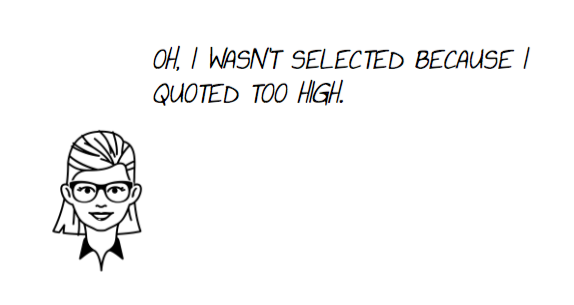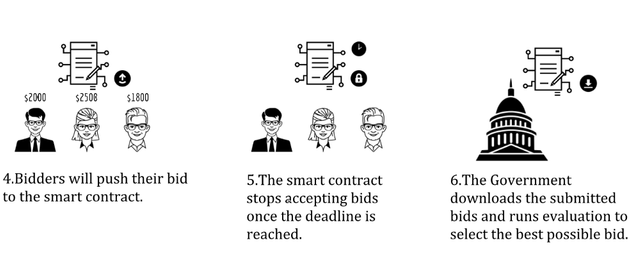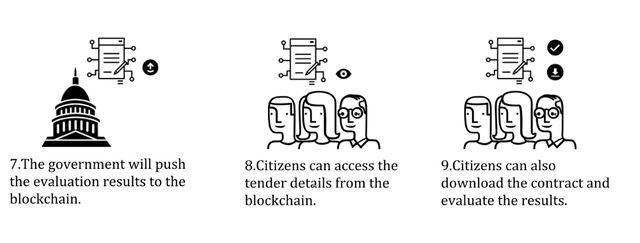Can Blockchain Technology Be Used to Improve Open Governance?
Open Governance is not about releasing information on ‘as they please’ basis. But, having a system that is truly transparent.
Before Blockchain we had centralized systems or computers owned by respective organizations. Data was stored on these computers and few were revealed to people.
An organization doesn’t own the computers on a blockchain. Here computers contributed by people around the world work together to execute programs. Data and code are replicated to every computer in the network. By design information on a blockchain is publicly visible and cannot be altered. Can blockchain be used for governance because of its inbuilt features of transparency and immutability?
Moving the entire government to blockchain immediately is not practical. But some of its parts can be moved. Researchers from the University of London have made a proof of concept for a fair and transparent government tender process using Blockchain. Tender is a process by which governments and financial institutions invite bids for large projects that must be submitted within a finite deadline.

Researchers have suggested these following conditions to ensure fair and transparent tendering process.
1.Once the government opens a tender with certain description they cannot change it. Each tender includes evaluation criteria to select the best possible bid. It’s not fair for the government to change the criteria to favour a particular commercial organization.
2.Bids must be kept confidential until the tender closes. Bids are not be tampered with. Organizations shouldn’t be able to find out if others have placed a bid or not.
3.The government can only publish the bids after the tender is closed. Bids can be made public so that losing organizations, citizens, and interested parties can evaluate the whole bidding process.
4.The government shouldn’t be able to reject proposals based on their biases. The process should ensure confidentiality, privacy, and integrity. The tender process should be auditable and the decisions should be supported by evidence.

So how do you make it practically work?
Researchers have developed their proof of concept using one of they key features of blockchain, smart contracts.
A smart contract is computerised contract that enforces itself. In a normal contract we have conditions written in paper. On a smart contract conditions are written in computer code.
The key feature of a smart contract is we can tell it what to do when a condition fails or succeeds. Ex: If the tender is closed, then release the bids to public.Let’s look how the tender process works using smart contracts.

1.The smart contract will contain instruction in the form of computer code on how the evaluation is done. This released on the blockchain, once the code is deployed it cannot be altered.
2.Bidders can download the tender in the form of a smart contract from the blockchain.
3.Bidders can review the code and generate a bid response. Since the bids are encrypted bidders won’t be able to see each other’s bid.

4. When the bidders push their bid into the blockchain, they digitally sign it using their certified signature key. This measure prevents unauthorized bids.
5. The smart contract will reject bids that are sent after the deadline.
6. Government downloads the bids and runs evaluation to select the best possible bid. Here the evaluation is not manual, the computer runs the evaluation. But, only the government is authorized to start the evaluation process on a smart contract.

7. Evaluation results are now pushed to the blockchain along with bidder’s keys so that people can decrypt the bids and evaluate the code.
8.Citizens can access the smart contract anytime they want since data on a blockchain lies there for eternity.
9.Citizens can download the smart contract and run the evaluation for themselves and check if the evaluation process was fair.
Though we have a proof of concept, there would be some challenges when you deploy a real world tender on a blockchain. However, a fair and trasparent tender process on a blockchain is not impossible to achieve.
You can have a look at their research paper for more details, it contains algorithms for initiating a tender, placing a bid and evaluating bids.
Votes Please 👏 , Thank You 😊 . Follow me for more breakthroughs on AI and Blockchain.